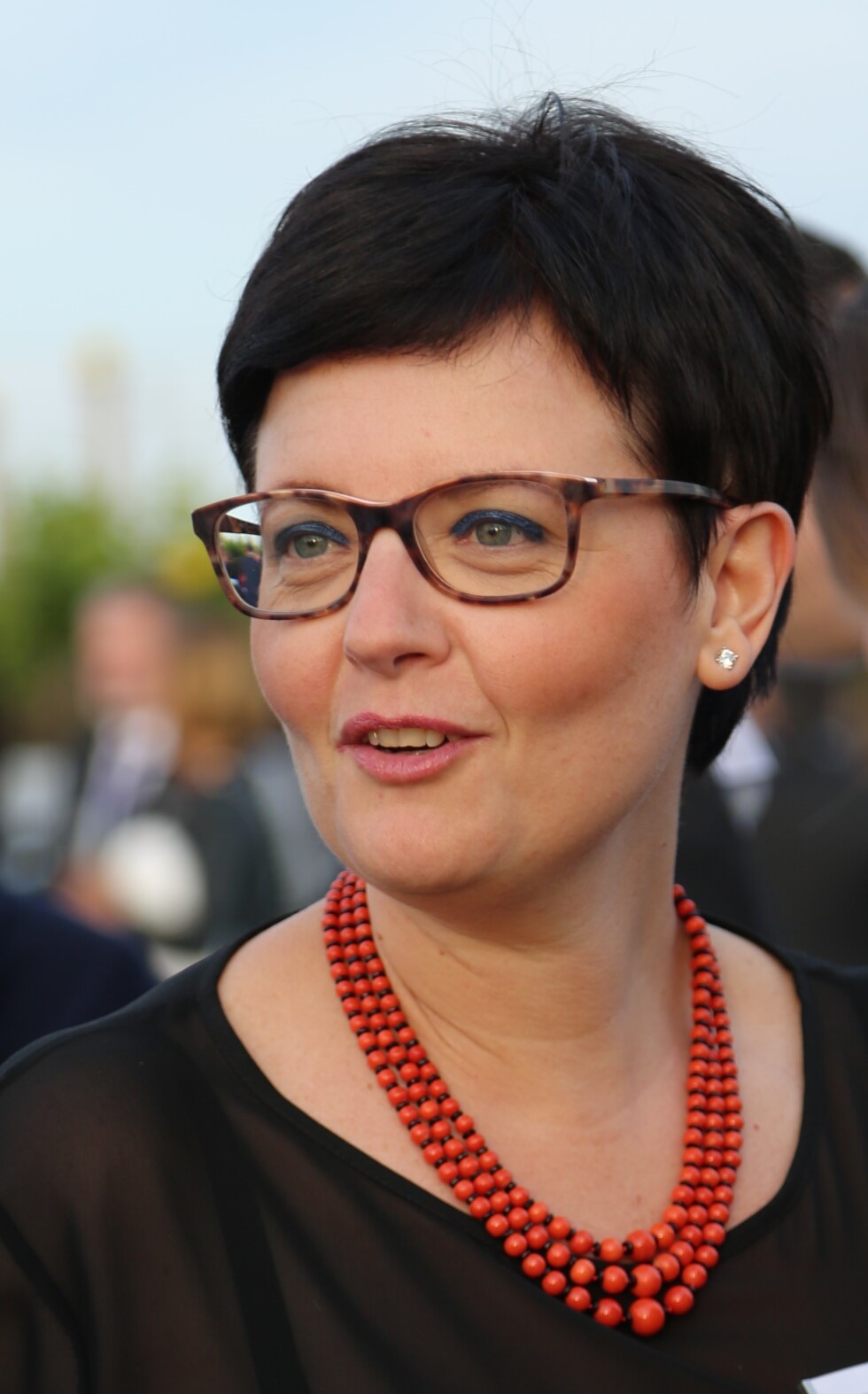An Interview with Ivonne Forno, Managing Director & CIO at Laborfonds, Italy
Ivonne is the Managing Director and Chief Investment Officer at Laborfonds. Laborfonds is the defined contribution, multi-sector, and regional pension fund for the workforce of the employers (both private and public) operating in the Trentino-Alto Adige region (in the north part of Italy).
Why did you choose to invest directly in alternatives?
We only do direct investments in alternatives from our balanced investment line as it is a compartment, which, by number of assets and members, allows for the immobilization of important amounts of capital through illiquid investments. In fact, the SAA of the investment line entails that 10% of the patrimony invested is in alternative assets. We began investing directly in alternatives in 2015 for two reasons: to increase diversification and decorrelation and to obtain higher returns from the “illiquidity premium” considering the performance of the part managed by external investment managers, according to a “traditional” investment style.

You are invested in infra equity and debt – why is this an unusual choice for Italian pension funds and why is that not the case for Laborfonds?
Our alternatives portfolio is very much diversified – including various asset classes, strategies, several vintages, global investments, and local investments, which are largely focused in Italy and in the Trentino Alto Adige region in which the fund operates. Within this diversification framework, we opted for infra equity via a fund of funds and, more recently, for a senior secured debt fund with a focus on Europe. Most of our tickets are between 20 million to 25 million Euros.
Which investments will benefit from the current climate in private markets*? *(question asked at the time of COVID-19)
Undoubtedly, there are investments which, given the immediate circumstances we are in, are being affected more by the current state of emergency. I am thinking about private equity and private debt; less so, infrastructure in the short-term, which has greater possibility of recovering from the impact (I am especially thinking about infrastructure regulated by tariffs, etc.).
Have you activated any contingency plans in your alternative investments post COVID-19?
We have not activated any contingency plans for alternatives. We have invested in closed AIF and we will stay there coherently with the long-term guidelines we have been pursuing. We have contacted every manager to realign with them and to verify how activated it is at a contingency level and continuity plan, at the very fund manager level and target companies' level. The private market timeframe is ‘slower,’ if you will, compared to the regulated market. In two separate cases, we were involved as participants to approve some modifications to an internal normative finalized at increasing the flexibility of the asset management. In the case of our investment in Fondo Strategico Trentino Alto Adige, for example, we approved a 12-month moratorium for the current financings, lengthening by one year the lifecycle of the AIF.
From the remainder of the patrimony, where are you thinking to invest in the next 6-12 months?
The Board divides investments between 50% in equity and 50% bonds, 50% are “global,” and 50% “local.” What I can say at the moment is that for the “global” part, we are already aligned, and we are now undergoing a series of preliminary analysis to further pinpoint the characteristics of the “missing pieces” that will be added to our portfolio during next months.
Ivonne Forno is a member of II Network, to discuss the content of this article and further engage with her, comment below.
